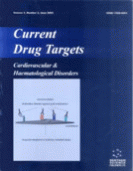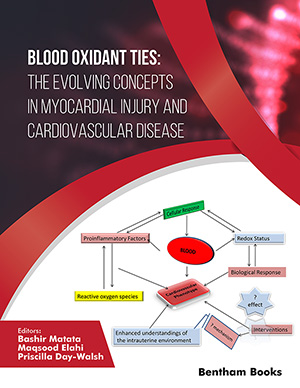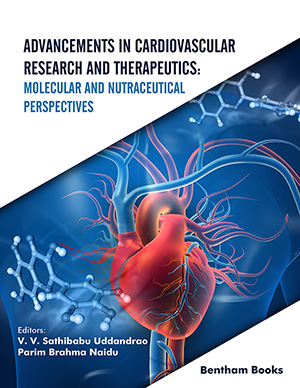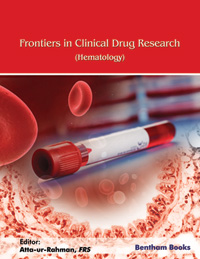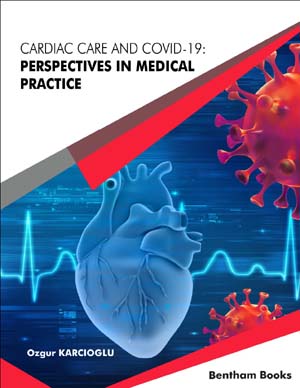
Abstract
Insulin resistance and hyperinsulinemia are the critical characteristics of the metabolic syndrome that is associated with abdominal obesity and are the early manifestations of its progression to type 2 diabetes. These metabolic abnormalities are becoming recognized as a major contributor to cardiovascular disease. The experimental studies required to elucidate the underlying mechanisms and to develop effective preventative strategies will require the use of appropriate animal models and these are available. The evidence from such research indicates that a wide range of interventions (including peroxisome proliferator activator receptor agonists, insulin-sensitizing agents, statins, fibrates, angiotensin-converting enzyme inhibitors, estrogen receptor modulators, lipid-based nutriceuticals, and ethanol) can markedly reduce or prevent vasculopathy and ischemic cardiac lesions in animal models. Overall, the results suggest that early damage to the vascular wall, both in function and presenting a s atherosclerotic lesions, is secondary to long-term hyperinsulinemia and, especially, to postprandial peaks in plasma insulin levels, and is exacerbated by the accompanying hyperlipidemia. Effective treatment will, of necessity, be preventative and will necessitate diagnostic approaches that can identify asymptomatic individuals at high risk for vascular damage and eventual progression to type 2 diabetes. Therapeutic targets in this population include insulin sensitivity and the associated signal transduction pathways, the peroxisome proliferator activator receptor-α and -γ systems, and the complex pathways leading from acetyl CoA and the citric acid cycle to the synthesis of fatty acid and the storage of triglyceride. These pharmacological approaches offer the prospect of preventing a significant proportion of cardiovascular disease.
Keywords: Cardiovascular Sequelae of the Insulin, Resistance Syndrome, hyperinsulinemia, lipoprotein (VLDL), Calcium Channel Antagonists, Angiotensin-Converting Enzyme Inhibitors, peroxisome proliferator activator receptors (PPARs), Glucosidase Inhibitors, AMP-activated protein kinase, Peroxisome proliferator activator receptor, Selective estrogen receptor modulator
 2
2

